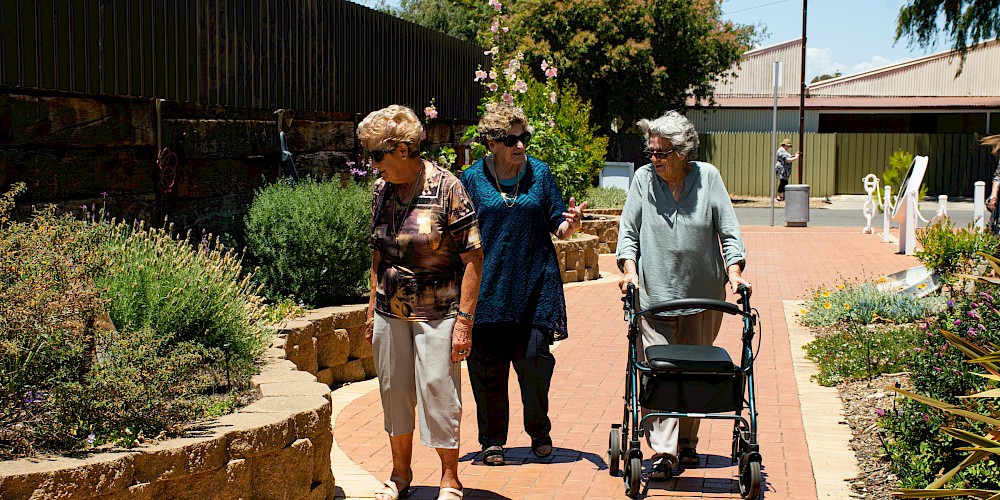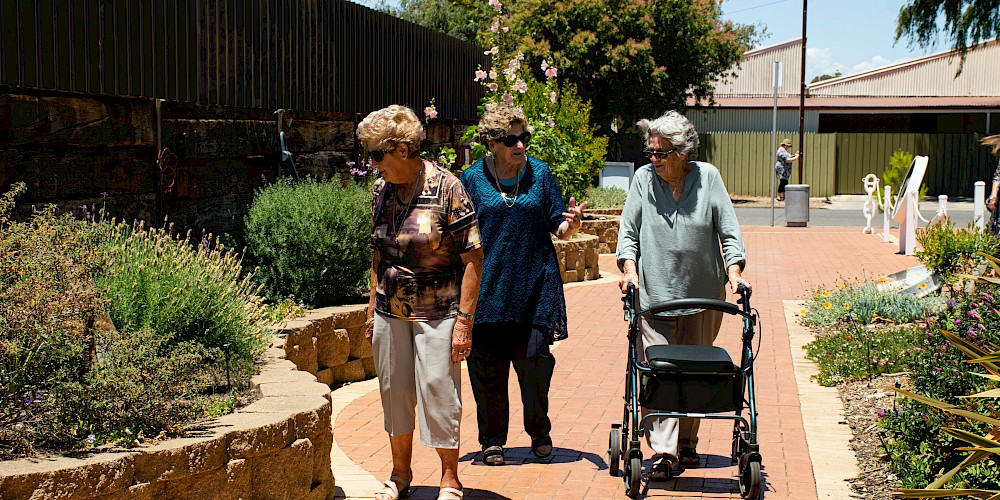Finding accessible and affordable small group travel for elderly parents presents unique challenges, but rewarding experiences await those who plan carefully. This guide navigates the complexities of arranging travel that caters to the specific needs and preferences of older adults, ensuring both comfort and affordability. We’ll explore various travel options, discuss essential accessibility features, and provide practical budgeting tips to make your parents’ dream trip a reality.
From assessing your parents’ physical and cognitive abilities to researching suitable tour operators and evaluating accessibility features, each step requires meticulous planning. We will cover everything from choosing the right type of transportation and accommodation to understanding the importance of travel insurance and having a robust emergency plan in place. The goal is to create a memorable and enjoyable travel experience for your parents while mitigating potential risks and ensuring their safety and well-being.
Planning a trip for your parents requires careful consideration of their needs and preferences. Let’s break down the process step-by-step to ensure a safe and enjoyable experience.
1. Assessing Your Parents’ Needs and Abilities
Before you even start browsing travel options, it’s crucial to have a thorough understanding of your parents’ current physical and cognitive abilities. This includes assessing their mobility (can they walk long distances, use stairs, etc.), dexterity (can they manage luggage, use utensils easily?), and any health conditions that might impact their travel. Consider their cognitive abilities – memory, decision-making skills, and potential for confusion.
Understanding their social needs is also important – do they prefer companionship or independent exploration? Do they have strong preferences for socializing or prefer quieter experiences? Finally, establish a realistic budget, considering not just the trip itself, but also potential unexpected expenses. Discuss their travel interests and desired destinations; be open to compromise and explore options that accommodate everyone’s needs.
2. Researching Accessible and Affordable Travel Options
Numerous options cater to senior travelers. Start by researching senior-specific travel agencies that specialize in small group tours, offering a more personalized and manageable travel experience. Many cruise lines are designed with older adults in mind, boasting accessible amenities and onboard medical facilities. River cruises often provide a gentler travel experience with easier embarkation and disembarkation. Consider escorted tours that offer accessible transportation and accommodations.
Don’t underestimate the power of online travel agencies and comparison websites; utilize their filters to specifically search for accessibility features. For shorter trips, local tours and day trips offer less strenuous options.

3. Evaluating Accessibility Features
Thoroughly investigate the accessibility features of any potential travel option. This includes checking for wheelchair-accessible transportation (buses, trains, vans), accommodation accessibility (roll-in showers, ramps, grab bars, wide doorways), and accessible excursions and activities (suitable pacing, manageable terrain). Confirm the availability of medical assistance or on-site medical facilities, and ensure clear communication and support are provided by tour guides and staff.
Reading reviews from other travelers who have similar needs can provide invaluable insights.
4. Budgeting and Cost Considerations
Create a detailed budget encompassing all potential costs. This includes the tour package cost (flights, accommodation, excursions, meals), travel insurance (crucial for medical emergencies and trip cancellations), and additional expenses (souvenirs, personal spending money, tips). Explore options for discounts and senior citizen benefits that can significantly reduce the overall cost. Compare prices from different providers to find the best value-for-money option, remembering that sometimes, prioritizing accessibility and comfort may justify a slightly higher price.
5. Booking and Planning the Trip
Once you’ve selected a travel option, carefully review the tour itinerary and terms and conditions. Ensure all necessary travel documents (passports, visas, travel insurance) are obtained well in advance. Communicate your parents’ specific needs and any special requirements to the tour operator. Pack appropriately, considering accessibility and comfort; avoid overpacking. Arrange for any necessary medical supplies or medications, ensuring they are easily accessible throughout the trip.
6. Ensuring Safety and Well-being During the Trip
Before departure, provide your parents with clear and concise instructions. Maintain regular contact during the trip, perhaps setting up daily check-in calls. Develop a comprehensive emergency contact plan, including local emergency numbers and contact information for the tour operator and family members. Consider whether travel companions or caregivers are necessary to provide additional support. Pack a well-stocked first-aid kit and any necessary medications, ensuring they are easily accessible.
A proactive approach to safety and well-being will contribute to a more relaxing and enjoyable trip for everyone.
Planning accessible and affordable small group travel for elderly parents requires careful consideration of various factors, but the rewards are immeasurable. By thoroughly assessing your parents’ needs, researching appropriate travel options, and meticulously planning every detail, you can create a safe, enjoyable, and memorable travel experience. Remember, the key is proactive planning, open communication, and a focus on your parents’ comfort and well-being throughout the journey.
With careful preparation, you can help your parents create lasting memories.


